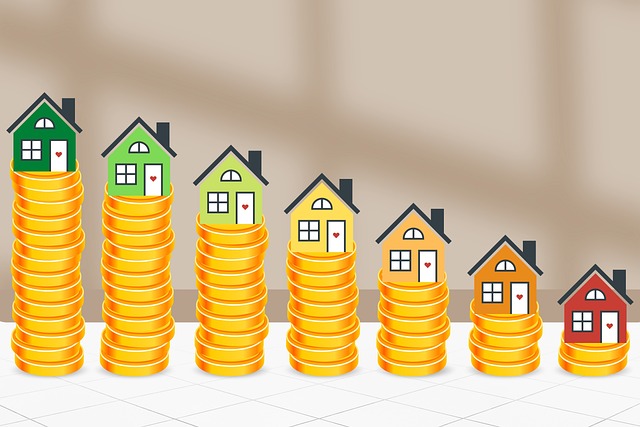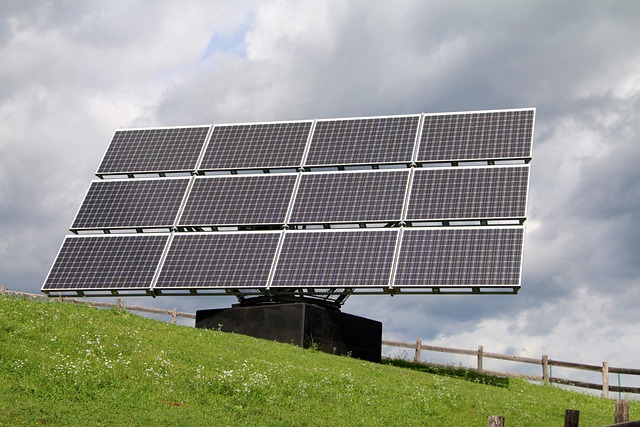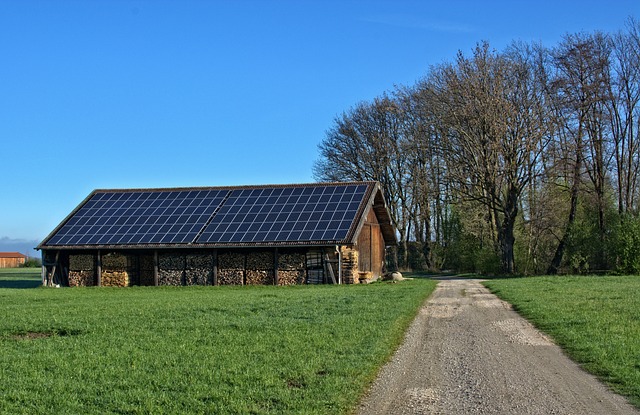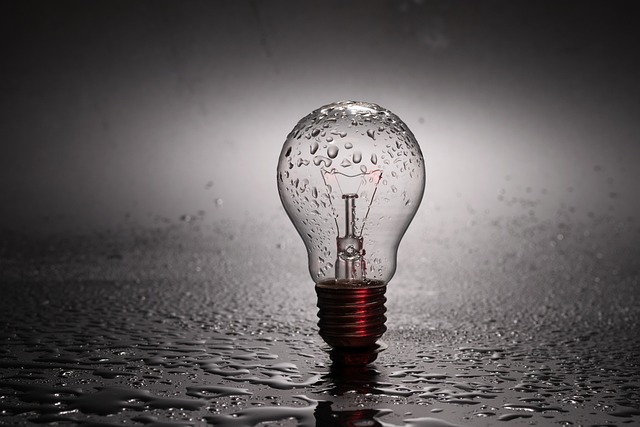LED technology has revolutionized real estate lighting with numerous benefits: energy efficiency (using up to 75% less electricity than incandescent bulbs), extended lifespans (up to 25 times longer), reduced heat production, and customizable mood settings. These advantages result in significant cost savings, especially in hot climates, making LED lighting a popular choice for homeowners and real estate investors. By embracing LED technology, developers can enhance energy efficiency and potentially increase profits. Upgrading to LEDs is a strategic move that appeals to eco-conscious buyers and tenants, reduces carbon footprints, and offers long-term savings on maintenance and cooling costs.
“Enhance your property’s appeal and cut down on energy costs with the simple swap of outdated bulbs to LED technology. This article guides real estate owners and investors through the process, exploring the benefits of LED lights for both properties and the environment. From understanding the advanced technology behind LEDs to a step-by-step upgrade guide, you’ll discover why this switch is a smart investment. Start saving energy and money today while contributing to a greener future.”
Understanding LED Technology and Its Benefits for Your Property

LED technology has revolutionized lighting, offering a range of benefits for real estate properties. These energy-efficient bulbs have become a popular choice among homeowners and property managers alike due to their longevity and environmental friendliness. Unlike traditional incandescent bulbs, LEDs produce less heat, which means lower energy consumption and reduced cooling costs. This is particularly advantageous in regions with hot climates, where excessive lighting can significantly impact energy bills.
Moreover, LED lights have a longer lifespan, often lasting 25 times longer than conventional bulbs. This translates to fewer replacements, less hassle, and cost savings for property owners. The technology also allows for customizable lighting options, enabling homeowners to set the mood and atmosphere of their spaces with various color temperatures and brightness levels. In today’s market, real estate investors and developers recognize the value of incorporating LED lighting in their properties, enhancing energy efficiency and potentially increasing their bottom line.
The Environmental Impact: Why Making the Switch Matters

Making the switch to LED bulbs is not only a smart financial decision for homeowners and real estate investors but also has a significant positive impact on the environment. Traditional incandescent bulbs have been a staple in homes and businesses for decades, but they come with substantial environmental drawbacks. These bulbs contribute to climate change by generating large amounts of carbon dioxide during their production and lifetime use. Moreover, they often contain toxic materials like mercury, which can contaminate the environment when disposed of improperly.
LEDs, on the other hand, are far more energy-efficient, using up to 75% less electricity than incandescent bulbs. They produce less heat, reducing cooling costs for buildings, and their longer lifespans mean they need to be replaced less frequently. In the context of real estate, this translates to lower utility bills for tenants or property owners, as well as reduced maintenance expenses. By adopting LED technology, we can collectively decrease our carbon footprint and contribute to a more sustainable future for both residential and commercial spaces.
A Step-by-Step Guide to Upgrading Your Bulbs and Saving Costs

Upgrading your home’s lighting to LED bulbs is a simple yet effective way to reduce energy costs, especially in the vibrant real estate market where efficient energy usage is increasingly sought after by prospective buyers and tenants. Here’s a step-by-step guide to help you navigate this process smoothly.
First, assess your current bulb inventory. Identify the types and locations of bulbs throughout your property. Next, purchase LED replacements that match or exceed the wattage and brightness of your existing bulbs. Many hardware stores offer a wide range of LED options suitable for various applications, from indoor lighting to outdoor fixtures. Once you’ve gathered your supplies, turn off the power to the specific circuit you’re working on. Remove the old bulbs carefully and install the new LEDs, ensuring they fit securely in the sockets. After completing the installation, restore power and test each bulb to ensure they function correctly. This simple switch can lead to significant long-term savings and enhance your property’s energy efficiency appeal.






